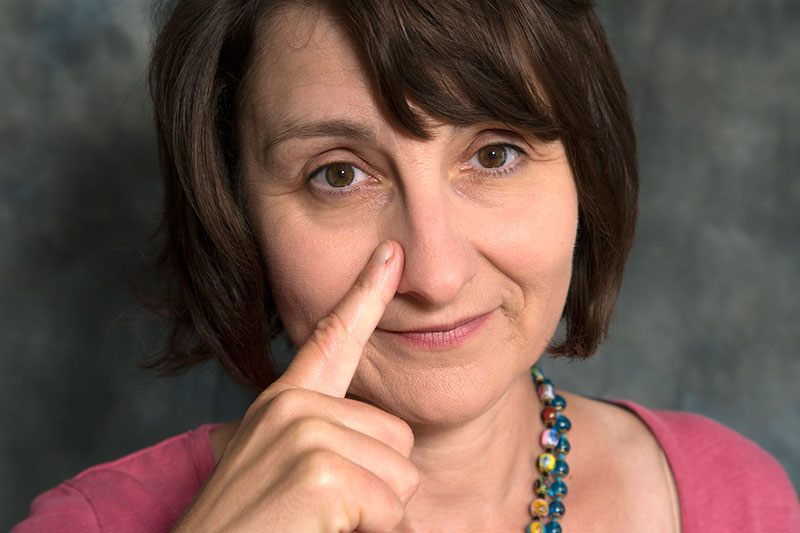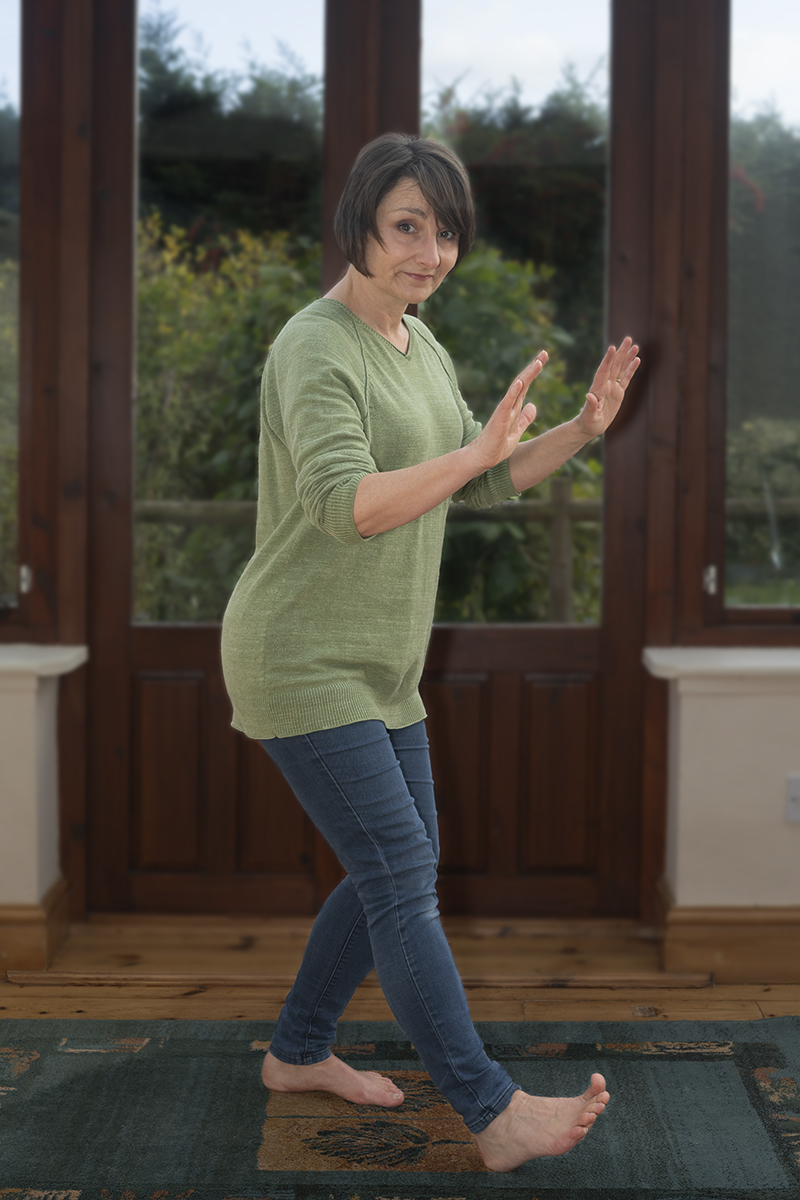Worrying signs appeared in my Mum’s behaviour this year. She was really struggling to remember what day it was and what she had to do that day. She also had problems remembering the words she needed to describe what she’d been doing. She frequently misplaced her telephone or her diary or her address book. And was more depressed than ever before.
In August, Mum was diagnosed with Alzheimer’s.
At first, this was a relief because it did at least explain her weird behaviour. Any sense of relief, however, was soon replaced with concern about her future. We’re all too well aware that Alzheimer’s means an inevitable decline and since we live 2 – 4hrs drive away, how we were going to support her?
She’s adamant she doesn’t want to leave her home… a fact we can appreciate but this does ramp up the difficulties!
For me, these worries manifested as restlessness at night. I’d wake up at about 1am for the loo and then just toss and turn when I returned to bed, so I resorted to a multi-pronged attack to calm myself back down to sleep.
Three types of meditation helped
First, I did a moving meditation using some Tai Chi type movements. This is a regular routine I use when I get hot and restless at night so I can do it without having to think too much (or open my eyes).
- I get out of bed and do some super slow squats lifting my arms up as I breathe in and let them lower as I breathe out.
- I add in a tiny step forward really carefully placing my front foot mindfully on the ground. Then I step back and step forward with the other foot.
- I repeat this for as long as necessary.
It’s a bit difficult to give a true idea of the length of time I do this, as my eyes are closed and I’m not looking at the clock, but it feels like between 5 and 15 mins.
This slow, focused movement calms down the restlessness and cools me down both mentally and physically. I really concentrate on focusing my mindfulness into the contact between my feet and the floor. This slows down the spinning of my thoughts… a sort of ‘earthing’ or ‘grounding’ process.
The second meditation was a short sitting one back in bed. This consists of breathing through alternate nostrils:

- Three breaths from the left nostril.
- Three from the right.
- Three from both nostrils together.
This is known as a ‘Nine-Breaths’ sequence. It’s part of my regular daytime meditation routine so I’m very familiar with its calming and balancing effect.
I use it as a way of looking at my thoughts to see if they have slowed down and become less agitated. Sometimes I just need to do this routine once, sometimes I need to do it two or three times.
The third meditation routine was one of calm reflection. Before starting my meditations, my thoughts were an incoherent babble, but after the moving and the breathing my mindstream had slowed down. I was able to identify each worry, then look at it.
Putting worries into perspective
I took each concern and asked myself the same question of each one.
‘Is this something I can do anything about’?
If the answer was no, I cut the thought off (I picture a cutting, slicing motion in my thought stream to do this). Then, I cast it aside.
This isn’t an instant fix, particularly when the negative thoughts are very powerful. When I first try the cutting off process it can be hard to stop the thoughts. They seem to re-gather their energy and start to pour into my mind again. They’re a bit like a weed that’s impossible to get rid of. Experience shows that repetition works in getting the ‘cutting off’ to work. Just keep repeating it, cutting back the worry again and again. Even if you can’t get rid of your worry altogether, you can shrink its size and its dominance over you.
After this, it’s possible to allow my remaining jumbled up fears to clarify themselves into one specific thought that can be examined using these questions:
- Are these real fears or am I making a mountain out of a molehill?
- Is there another way of looking at this?
- Who can help me sort this out?
Taking action
Here are a few of the fears I had and how they got ‘put to bed’.
- Will Mum set fire to the kitchen if she’s cooking something and forgets it?
This worry was ramped up even more when she asked me if 111 was the right number to call when her fire alarm went off one night. This was a real fear, not an imagined one. With the help of the Fire Service, fire alarms have been installed in her house and with the help of Mum’s Care company an ‘intelligent alarm’ is being fitted. If the alarm detects smoke it will automatically call the Fire Brigade so mum doesn’t have to.
- One of my old neighbour’s with dementia had completely forgotten where she lived.
Would the same happen to Mum? Will she remember how to get into town to do shopping or get to GP appointment and then remember how to get back home again. This is a real fear, but so far it hasn’t happened. Seeing as every person with dementia will get a different combination of symptoms, Mum may not suffer from this. In the meantime, we’ve encouraged her to use taxis as much as possible.
- Will she remember to feed the cat? LOL!
This isn’t a real fear. Mum would have to be very lost and unaware to ignore the cat’s extremely persistent demands! But I will keep an eye on him to make sure he isn’t losing weight.
I started meditating over 10 years ago because I anticipated that life was going to get very difficult as my parents aged. I knew I’d need help to get through that time. Five years ago, meditation helped me through my Dad’s decline and death. I’m so glad I’ve still got its support to do the same for Mums.





